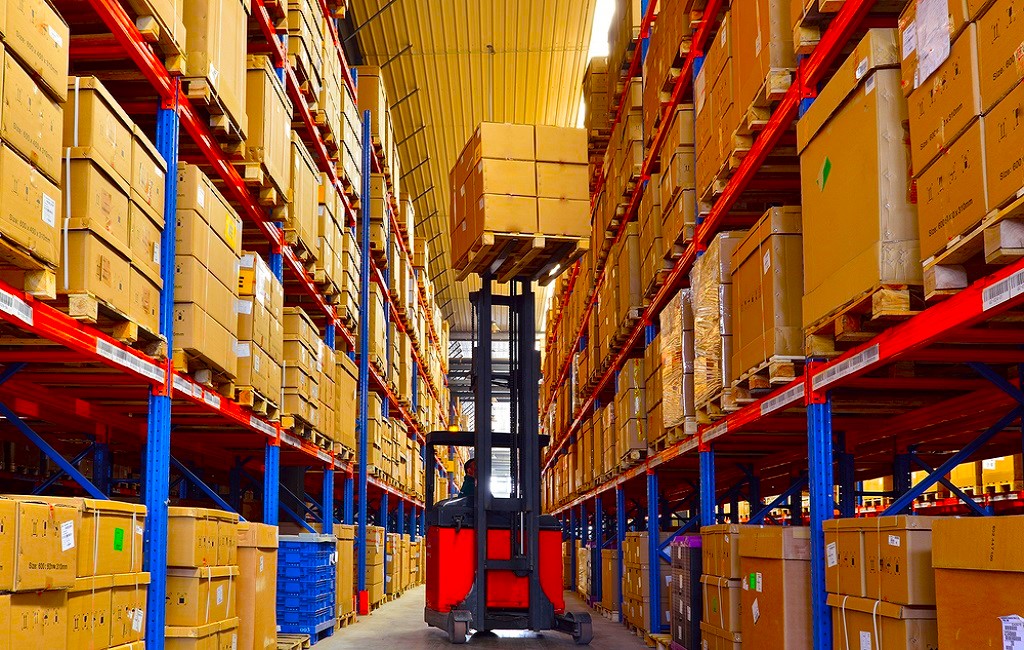
Cost-Effective Ways to Enhance Efficiency in Your Warehouse Facility
Warehouse efficiency ensures that orders are shipped on time, employees are safe, and costs are low. However, optimizing warehouse operations requires much work and a keen eye for detail.
An intelligent warehouse layout and implementation of innovative technologies are crucial to boosting warehouse productivity. Implementing tactics like zone picking and incorporating automated solutions into your workflows can boost fulfillment performance drastically.
Invest in a Warehouse Management System
Warehouses play a critical role in delivering customer orders, and they must be as efficient as possible. However, many businesses need help meeting consumer expectations and maintaining a competitive edge. This is because, a majority of the time, companies are limited by their current Order Management System (OMS) or Enterprise Resource Planning (ERP) platform’s capabilities for handling warehousing.
With that said, there are various solutions to streamline a business’s warehouse processes and increase efficiency. One of the most effective ways to do that is by investing in a Warehouse Management System.
With a professional modern WMS, it’s easier to keep track of inventory movements and reduce lag times in the fulfillment process. This ultimately lowers costs, increases productivity, and improves customer service. In addition, the software can help establish and monitor KPIs, making it easier for warehouse managers to identify problem areas. It can also help implement safety protocols and conduct regular safety inspections, which also helps improve the overall warehousing experience.
Optimize Your Space
Warehouse efficiency isn’t just about stocking shelves and shipping products on time. It’s also about optimizing space and minimizing waste to make operations more cost-effective.
Using a warehouse management system like in commercial warehousing is one step toward improving operational efficiency. Still, to truly maximize capacity, businesses should consider changing how they use their warehouse floor space. An optimized warehouse can improve the customer experience, create a better work environment, and save money.
Optimizing space requires balancing two needs: making the most of square footage and ensuring warehouse teams can easily navigate inventory. This can be done by zoning storage areas and creating organic paths between picking, packing, and shipping stations.
Other solutions include implementing carton flow racks with slanted panels engineered to push down older inventory and directed put-away that finds strategic locations for incoming pallets. These systems can increase pick rates and reduce labor costs. They can help businesses avoid costly errors like miscounting orders or sending incorrect items, leading to rework and delayed shipping.
Automate Your Processes
A warehouse is a crucial component of any supply chain. Therefore, the facility must operate efficiently. To do so, warehouses must optimize layout and inventory management systems while implementing advanced technology.
Warehouse automation is one of the best ways to improve warehouse efficiency. By using automated robots and vehicles, you can reduce wasteful manual labor costs while increasing accuracy and productivity. Additionally, warehouse automation can help you handle unsafe tasks for human workers, such as oversized or heavy items.
When determining which warehouse automation solutions are right for your business, it’s essential to understand your warehouse’s peak to non-peak times. This will allow you to find a solution that can scale up during busy periods and down when demand is lower. Moreover, utilizing G2P and P2G technologies, zone picking, pick-to-light, and voice-picking will streamline order-picking processes. Lastly, implementing efficient put-away strategies will ensure that high-demand items are stocked close to the warehouse floor for faster access.
Automate Your Inventory
In addition to lowering shipping costs and improving inventory accuracy, warehouse automation offers businesses several other cost-effective benefits. For example, it allows them to reduce labor costs by automating tedious manual tasks such as data entry, picking and packing, and inventory management. It also helps to mitigate costly human errors.
One of the most significant sources of cost-related errors is miscounting inventory. This can occur during inventory management, order processing, or tracking orders. Warehouse automation minimizes this risk using automated data collection, voice recognition software, and autonomous mobile robots.
These systems also allow companies to proactively track inventory levels in real-time to manage supply and demand. This enables them to avoid stockouts, optimize inventory levels, and improve order fulfillment rates. Additionally, they can set reorder points with these systems, ensuring they’re notified when it is time to restock. This helps to eliminate costly out-of-stock experiences and boost customer satisfaction.